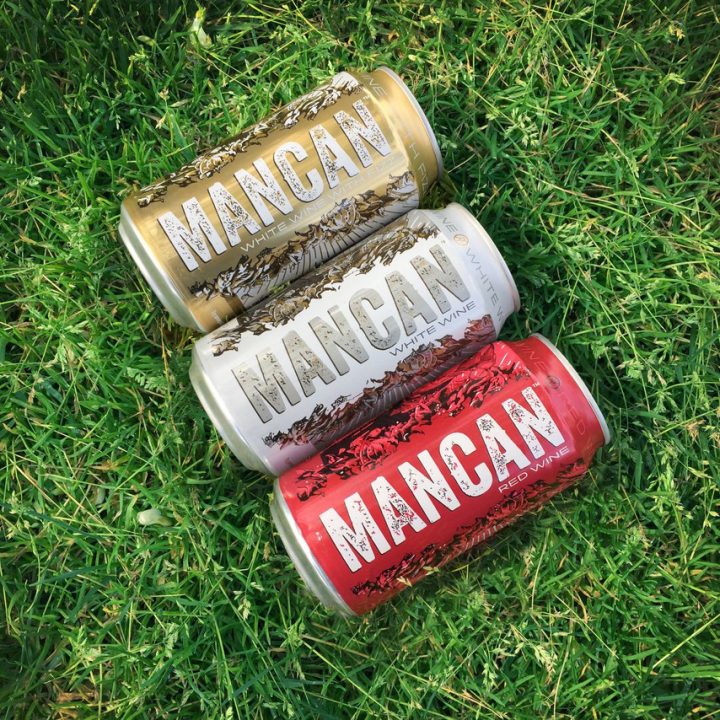
Winemakers, together with U.S. Sen. Chuck Schumer of New York, are leading a charge to modernize canned wine sizes and labeling regulations. This major push comes at a time when canned canned wine sales are increasing at a blistering pace, with major wineries, wholesalers, and even big brewers adding impetus to the buzz.
Canned wines are estimated to have a wine category market share of 3%-5% this year, and it’s growing, according to Robert Williams, the principal researcher at WIC Research, which studies the canned wine market. Top wineries such as E. & J. Gallo, The Wine Group, Constellation Brands, and Treasury Wine Estates offer canned wine brands. This summer, Anheuser-Busch InBev (A-B InBev) announced plans to acquire the remaining stake in Babe Wines ($14 a 4-pack of 250-ml. cans), while MillerCoors unveiled Movo wine spritzers ($9 a 4-pack of 8.4-ounce cans) in March. “Recent canned additions made by A-B InBev and MillerCoors will really ramp up distribution and sales,” says Williams. Canned wine also moved further into the mainstream beverage alcohol market when Cleveland, Ohio-based Mancan ($25 a 4-pack of 375-ml. cans) became a sponsor of the National Football League’s Cleveland Browns last football season.
These developments come on the heels of about 70% sales growth for canned wine in 2018 to approximately $50 million on a volume increase of 47%, according to Nielsen. Williams, however, notes that overall canned wine sales are underreported and hard to assess since the segment is only just emerging and not all manufacturers are included in sales figures. Williams estimates there are now 350 different canned wine brands and 900 SKUs, with consumer growth across all legal-drinking-age generations.

Canned wines have a longer history than might first appear; the first one was introduced by Acampa Winery of Lodi, California in 1936. While it didn’t’catch on at the time, new and improved aluminum cans and can lining technology have contributed to current growth, as have portion size and and portability—allowing wine to be served in places where glass bottles are prohibited or dangerous, such as sporting events, boats, pools, beaches, and campgrounds. “The demand is there, since consumers value the benefits of cans,” Williams says. “Today the bonus is due to the infinite recyclability of aluminum. No other package comes close.” Wine in aluminum cans versus glass bottles also creates average packaging cost savings of 15%-20%, and even higher savings are reported when taking into account lighter shipping weights, according to the WIC Research report.
Canned wine market growth could be further accelerated if the Alcohol and Tobacco Tax and Trade Bureau (TTB) eliminates can size restrictions, as it has proposed, and permits wine to be sold in any can 50-ml. or greater. The TTB is also considering streamlining and modernizing canned labeling regulations. In a recent letter to the TTB, Sen. Schumer urged regulators to eliminate can size restrictions and argued that current label regulations create confusion and delays as vineyards wait for TTB labeling approvals.
Winemakers are currently prohibited from using the popular traditional 12-ounce (355-ml.) can size and are often forced to use sizes like 12.7-ounce (375-ml.) cans, which cost more and may take longer to deliver. Some New York wineries, including Three Brothers Winery in the Finger Lakes, have reported waiting up to six months for 12.7-ounce cans because they are less commercially available than 12-ounce cans. Additionally, despite the fact that legal can sizes for wine include 187-ml., 250-ml., 500-ml., and 700-ml., wineries are currently prevented from selling 8.4-ounce (250-ml.) cans as singles. The TTB is expected to decide on the proposed changes next year.